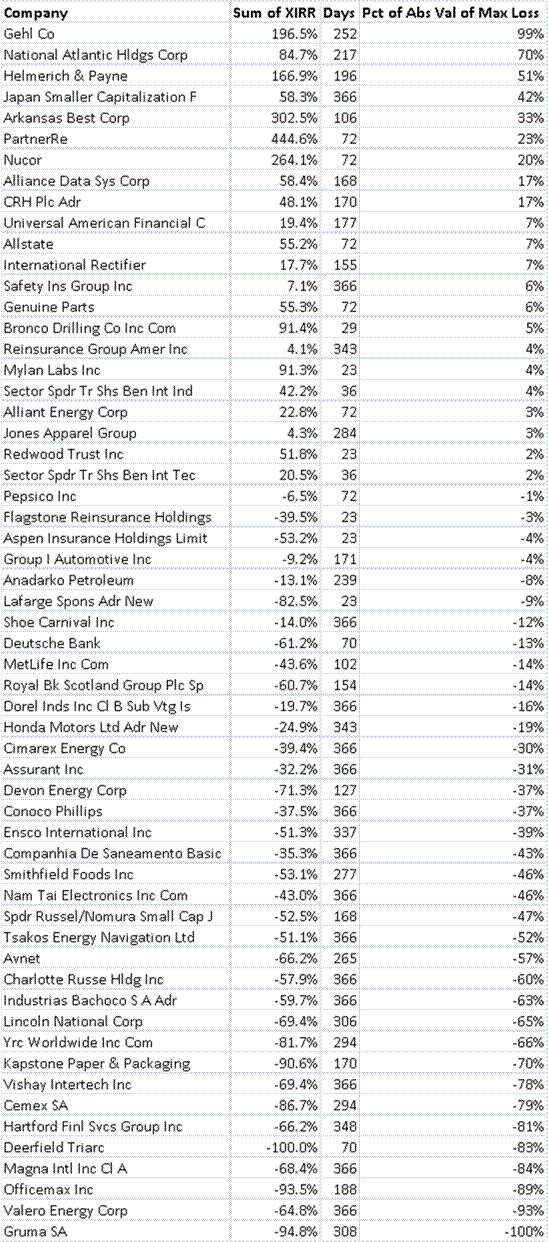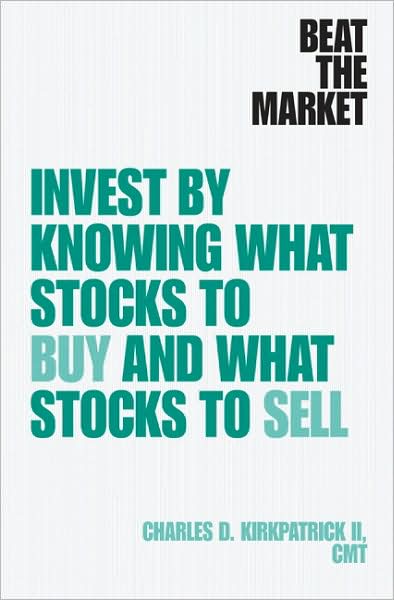I am not a gambler, and I never will be.? I take the risks of a businessman as I invest, and not those of a speculator.? I found it interesting to to read this Wall Street Journal article where public defined benefit pension plans are not fleeing hedge funds.? This is an area where I half agree.? Because the yields of high yield bonds are so high, this is not a time to abandon aggressive strategies.? Rather, it is a time to embrace them, slowly and carefully.
I looked through the database of my writings in the CC at RealMoney, and I found these two comments that fit the moment well.

 |
 |
David Merkel |
| Avoid Esoteric Diversification |
4/13/2006 4:00 PM EDT
 |
This isn’t a burning hot issue at present, but I have been impressed with the increasing amount of money getting thrown at esoteric asset classes by pension plans and endowments, in an attempt to diversify and gain higher total returns. In the intermediate term, it is not sustainable. For now, party on, we are in overshoot mode.
By esoteric asset classes, I mean: commodities, timber, credit default, emerging markets, junk bonds, low-quality stocks, the toxic waste of asset- and mortgage-backed securities, hedge funds and private equity.
Many novel asset classes provide both higher returns and diversification when they are first used. As more and more players get comfortable with it, they buy in, lowering the required total return needed to attract investors, but pushing up returns to pre-existing holders as the price rises.
This can be self-reinforcing for quite a while, with a lot of money blindly flowing in, until some player games the system, selling securities that fail miserably. A panic ensues, and the asset class goes through a maturation process that learns to distinguish quality within the asset class.
With the rise in yields, high quality bonds have been giving holders a hard time in total return terms. But you don’t buy bonds for total returns; you buy them for income, and diversification; they tend to do well when risky assets break down.
I guess my short summary is this: with risky asset classes so highly correlated at present, if you want to diversify, go to high quality bonds, or cash. The theoretical diversification of risky assets based on correlation measures calculated over long time periods is no longer valid.
Position: none
and —

 |
 |
David Merkel |
| Alternatives to the Terror of Actuarial Funding Targets |
9/27/2007 2:57 PM EDT
 |
Jordan, my deep suspicion with respect to the pension plan sponsors is that they are looking at the gap between the yield they can get from investment grade bonds and the yield they need to fund the pension promises, and they realize that they are going to have to make a larger allocation to risky assets. After that, they look at the past track record on public equities, and conclude that they have been hurt by the lack of returns over the past seven years. Then they look at the returns in alternative investments, and say, “What great returns! Why have I been ignoring these? If David Swensen can do it, so can I!”
Well, David Swensen is a bright guy who went to the party early. Alternative investments were truly alternative when he arrived. Today they are mainstream, and some of them have gotten overfished. The plan sponsors can allocate all they like to alternatives, but they aren’t magic… they can do just as bad as public equity, and with far less liquidity.
If I were a plan sponsor today, I would begin trimming alternative areas that look crowded, like private equity, commercial real estate, and certain types of hedge funds while the door is still open. For some areas, like CDOs [Collateralized Debt Obligations] the door is already closed.
I would also lower my return expectations, and plan on contributing more. Heresy, I know. But alternatives are over-used, and no longer alternative. They won’t deliver the same high returns in the future that they did in the past.
Position: none
I am not unsympathetic here as public pension plans essentially say, “Well we have to earn enough to meet our actuarial funding targets, and at this point, bonds of the highest quality don’t help us.? Hedge funds promise high returns regardless of market movements, so we need to allocate money there.”
At this point in the cycle, I might have some sympathy, because enough arbitrage relationships are broken, offereing some opportunity.? At the same time, and ordinary investment in a basket of lower investment grade and high yield bonds offers a nice return for those willing to live with some default risk, which is over-discounted here, even with things as bad as they are.
In a bear market, once you have taken a severe amount of damage, the question is “what offers the best return from here?”? The answer might be unpopular, but it should be pursued.? Even as defined benefit managers pursued seeming diversification with bad payoffs as noted above, and should have sought long term guarantees, at a time like now, where guarantees are tremendously expensive, and yields are high? because of possible default, it is a time to take risk, and fund the best entities that may not make it.
These are ugly times, but we have to think like Ben Graham during the Great Depression.? What will survive?? Where can a little bit of additional capital spell the difference between death and survival?
This is a time to take risk.? Things could get worse from here, so don’t overcommit, but don’t fail to commit either.? Make some reasoned judgements about what is likely to do well ten years out, and invest for it.
This is a rough time.? I offer solace to those that are battling the markets; you are having a rough time of it.? The challenge here is whether the risk premium in fixed income assets offers enough compensation versus Treasury quality assets.? My answer is yes, realizing that this is a bumpy trade, and will require patience to receive the returns promised.




 I am usually not crazy about books that propound a simple way to beat the market.? This is one of those books.? What makes me willing to write a review about this book, is that the writer, Charles Kirkpatrick is willing to incorporate some fundamental measures into his analyses, notably price-to-sales, which will help with industrial companies, but not with financials.
I am usually not crazy about books that propound a simple way to beat the market.? This is one of those books.? What makes me willing to write a review about this book, is that the writer, Charles Kirkpatrick is willing to incorporate some fundamental measures into his analyses, notably price-to-sales, which will help with industrial companies, but not with financials.